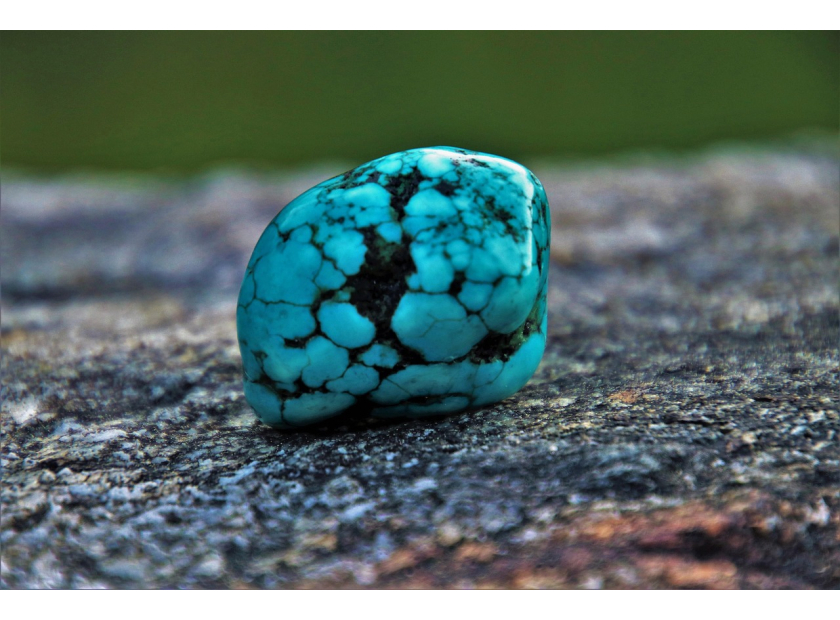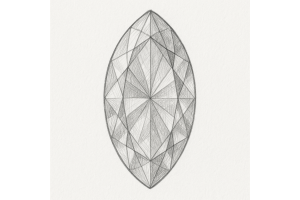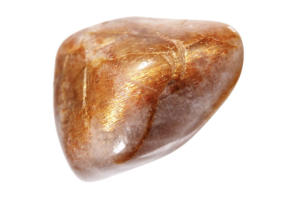GBP
/
GBP
/
Shipping to:
Currency:
Turquoise vs Howlite: Key Differences, Identification & Buying Tips
Turquoise and howlite are two gemstones that often cause confusion due to their similar appearances.
However, they are distinct minerals with unique properties and values.
Understanding these differences is crucial for jewellery enthusiasts, collectors, and anyone interested in gemstones.
Understanding Turquoise
Origins and Formation
Turquoise is a rare and valuable mineral that forms through the percolation of water through rocks containing copper, aluminium, and phosphorus.
This process results in the beautiful blue to green hues characteristic of turquoise.
Significant deposits are found in regions such as Iran, the southwestern United States, and China.
Physical Characteristics
Turquoise typically exhibits a colour spectrum ranging from sky blue to greenish-blue, often with intricate veining or matrix patterns.
It has a Mohs hardness rating between 5 and 6, making it relatively durable but still susceptible to scratches.
Uses and Significance
Throughout history, turquoise has been cherished for its aesthetic appeal and cultural significance.
It has been used extensively in jewellery and ornamentation, particularly in Native American and Middle Eastern cultures.
The value of turquoise is influenced by its colour uniformity, matrix patterns, and overall quality.
For those interested in exploring vibrant gemstone options for engagement rings, check out gemstone engagement rings.
Exploring Howlite
Origins and Formation
Discovered in Nova Scotia in 1868, howlite is a calcium borosilicate hydroxide that typically forms in evaporite deposits.
It often appears in irregular nodules resembling cauliflower heads.
Physical Characteristics
Naturally, howlite is white or light grey with distinctive grey or black veining, giving it a marbled appearance.
It has a Mohs hardness of about 3.5, making it softer and more prone to scratches compared to turquoise.
Common Applications
Due to its porous nature, howlite readily absorbs dyes, allowing it to be coloured to resemble other stones, notably turquoise.
This characteristic has led to its widespread use as an imitation stone in jewellery.
Beyond imitation, howlite is also valued in its natural state for decorative objects and has associations with calming and stress-relief properties in metaphysical practices.
If you're considering unique gemstones for non-traditional jewellery, explore non-traditional engagement rings.
Distinguishing Between Turquoise and Howlite
Colour and Appearance
While turquoise naturally exhibits blue to green hues, howlite is naturally white with grey veining.
Dyed howlite can mimic the colour of turquoise, but the dyeing process often results in overly uniform or unnatural colours.
Hardness and Durability
Turquoise's higher hardness (5–6 on the Mohs scale) makes it more resistant to scratches compared to howlite, which has a hardness of 3.5.
This difference affects their suitability for various types of jewellery.
Value and Market Perception
Genuine turquoise is generally more valuable and sought after than howlite, especially dyed howlite sold as an imitation.
The rarity and natural beauty of turquoise contribute to its higher market value.
For insights into choosing between lab-grown diamonds and gemstones, read about lab-grown diamonds vs gemstones.
Identifying Genuine Turquoise
Visual Inspection
Examine the stone for colour consistency and veining patterns.
Natural turquoise often has an uneven colour distribution and unique matrix patterns, whereas dyed howlite may display overly uniform colours and less natural-looking veins.
Conducting Simple Tests
Acetone Test: Applying a small amount of acetone (nail polish remover) to an inconspicuous area can reveal if the stone is dyed; colour transfer indicates dye.
Hardness Test: Gently scratching the stone with a material of known hardness can help determine its durability; turquoise should resist scratching from materials with a hardness less than 5.
Seeking Professional Evaluation
For definitive identification, consulting a certified gemologist is advisable.
They can perform comprehensive tests to authenticate the stone's identity.
Understanding gemstone formation can also aid in identification; learn more about how gemstones and diamonds are formed.
Addressing Common Misconceptions
Prevalence of Dyed Howlite
The market is saturated with dyed howlite masquerading as turquoise, leading to widespread confusion.
This prevalence underscores the importance of careful examination and purchasing from reputable sources.
Ethical Considerations
Misrepresenting dyed howlite as genuine turquoise is unethical and misleading.
Consumers should be vigilant and demand transparency from sellers to ensure they are making informed purchases.
For those interested in exploring a variety of gemstone jewellery options, consider browsing gemstone rings.
Frequently Asked Questions
Is howlite a type of turquoise?
No, howlite and turquoise are distinct minerals.
Howlite is often dyed to resemble turquoise, but they differ in composition, hardness, and natural colour.
Can dyed howlite be considered fake turquoise?
While dyed howlite is not genuine turquoise, it is sometimes marketed as such.
Ethically, sellers should disclose when a stone is dyed howlite rather than authentic turquoise.
How can I test if my turquoise is real?
Simple tests include the acetone test to check for dye and assessing the hardness by attempting to scratch the stone with a material of known hardness.
For conclusive results, consult a professional gemologist.
Why is turquoise more expensive than howlite?
Turquoise is rarer and has been historically valued for its unique colour and cultural significance, contributing to its higher market value compared to the more commonly found and less durable howlite.
Is howlite valuable in its natural form?
While not as valuable as turquoise, natural howlite is appreciated for its aesthetic appeal and is used in jewellery and decorative items.
Its value is modest but recognised in certain markets.








